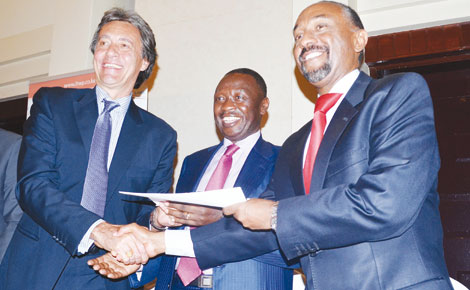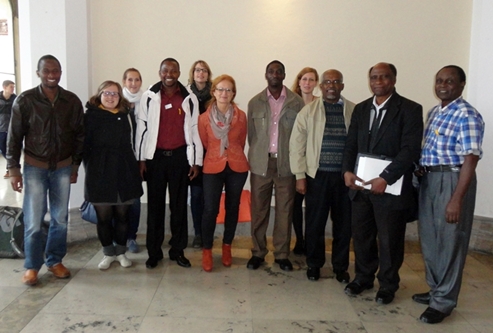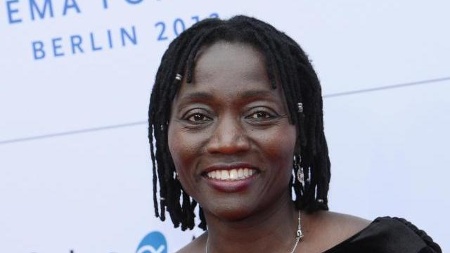
The wind farm which had been due to start generating power in June 2011 but the project suffered a major blow and lost some credibility in late 2012, when the World Bank withdrew support for the project. The project is now set to start construction in June after it secured enough funding on Monday.
The wind farm, which is the largest on the continent, will have a capacity of 300MW and is expected to help plug a power supply shortfall and offer cheaper electricity.
On Monday, multi-lateral lenders provided loans for the project. The operating company, SPV Lake Turkana Wind Power Ltd. (LTWP), received loans from: the Deutsche Investitions- und Entwicklungsgesellschaft mbH (DEG) who provided a loan of 20 million; the Africa Development Bank (AfDB), Standard Bank, PTA Bank, European Investment Bank and East Africa Development Bank. The total investment volume is 623 million euros.
“Like climate and environment protection, the commitment for the countries of sub-Saharan Africa is one of the strategic focuses of DEG. With our financing for the wind park at Lake Turkana we boost private-sector commitment for renewable energy carriers,“ said Eric Kaleja, Director of the DEG Representative Office in Kenya, on the occasion of the signing ceremony in Nairobi.
“The project is expected to be fully operational in a period of 32 months from the time we are issued with a notice to proceed. That should be in June this year,” LTWP chairman Carlo Van Wageningen said while closing the financing deal in Nairobi.
“We will generate the first 100MW in the next 27 months, then about another five months or so to get the full 300MW.”
Kenya Power, the country’s sole power distributor, will pay a tariff of 7.52 euro cents (Sh9) per kilowatt hour, which is lower than the Sh16 consumers are paying on increased use of the fuel driven generators to feed the national grid.
The 300MW wind plant, which will sit on 4, 000 acres, will produce about a fifth of Kenya’s current installed power capacity of 1,664MW.
The “Lake Turkana Wind Park” is intended to be expanded step by step until 2017. By that time, 365 wind turbines of the Danish Vestas Wind Systems A/S will generate 300 megawatts of energy. The supporting infrastructure comes largely from Siemens. Fed into the national grid, the electricity is expected to cover around 17 per cent of the domestic demand in its first year of operation alone.
In the context of the construction of the wind park, further investments into the local infrastructure are being planned. The network operator of the Kenyan government, Kenya Electricity Transmission Company, is, for instance, going to build a new 428-kilometre power line. The wind park operator is going to undertake the development of a 204-kilometre stretch of the road connecting the project area with the A2 highway (Ethiopia – Nairobi).
Kenya plans to quadruple its power output in the next five years with the aim of unleashing faster economic growth, eyeing an additional 5,000MW of power supply.
Power costs for industry, which the private sector says leaves it struggling against global rivals, would fall by nearly half by 2017, according to government projections.










